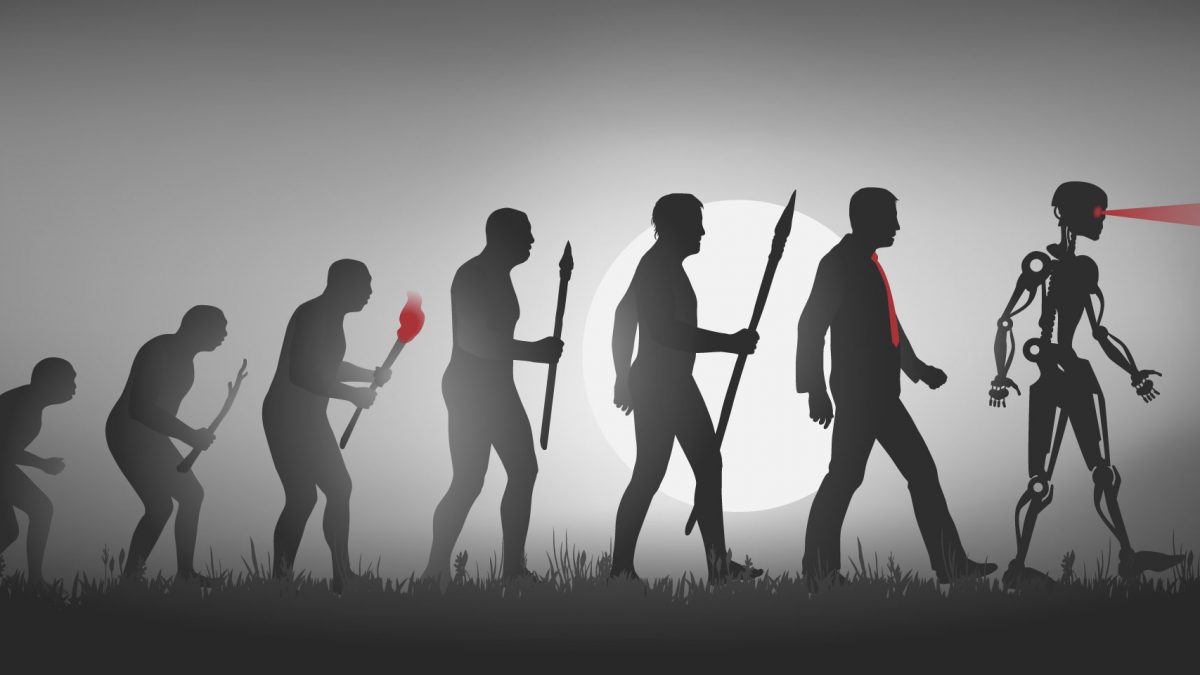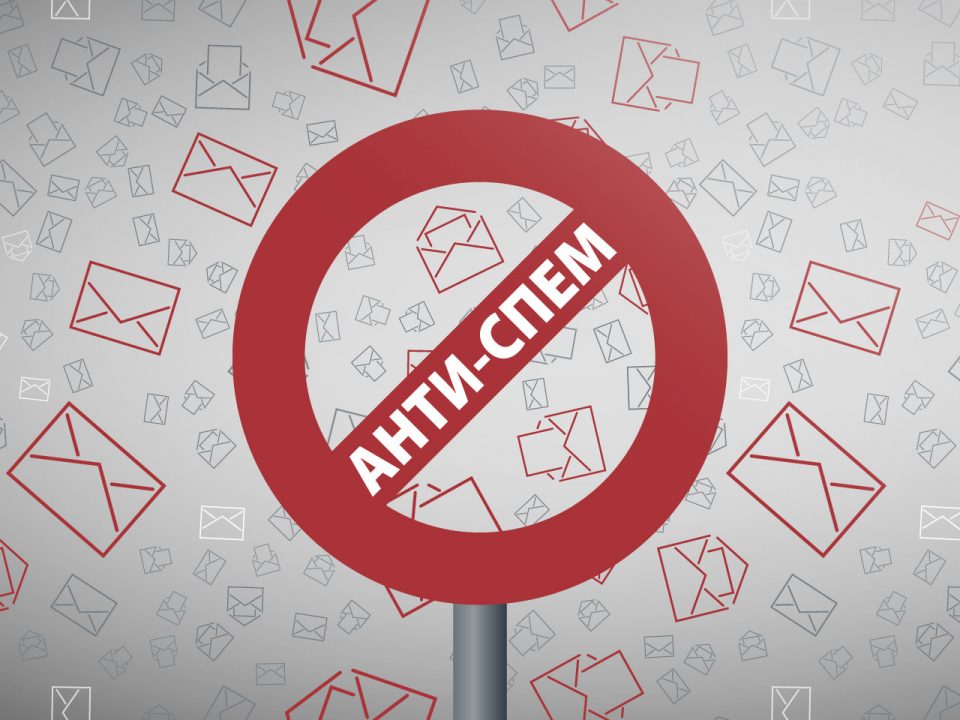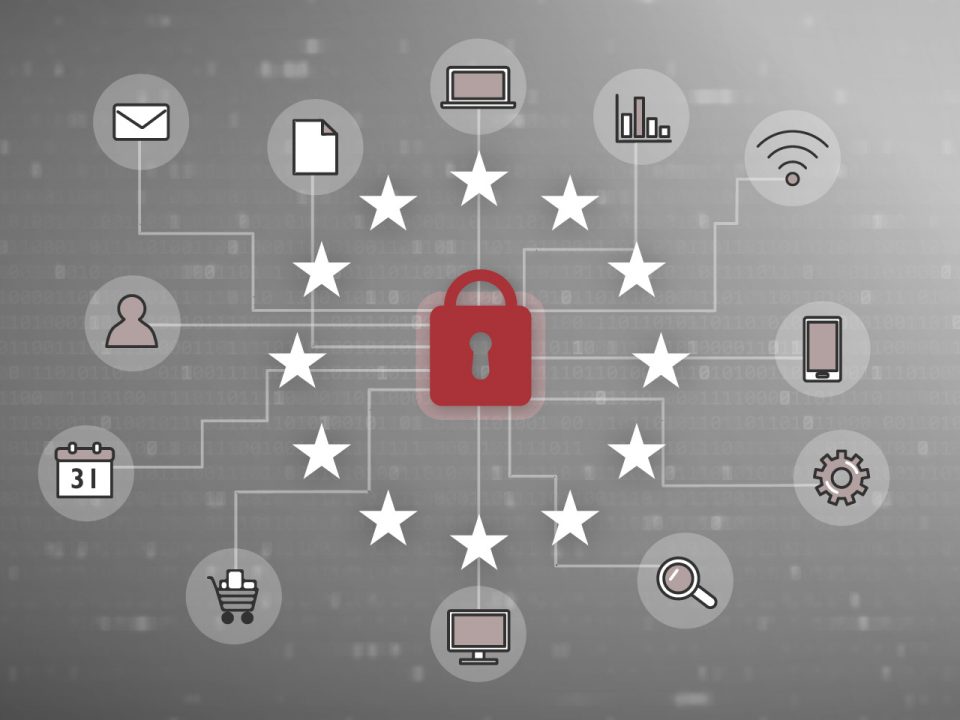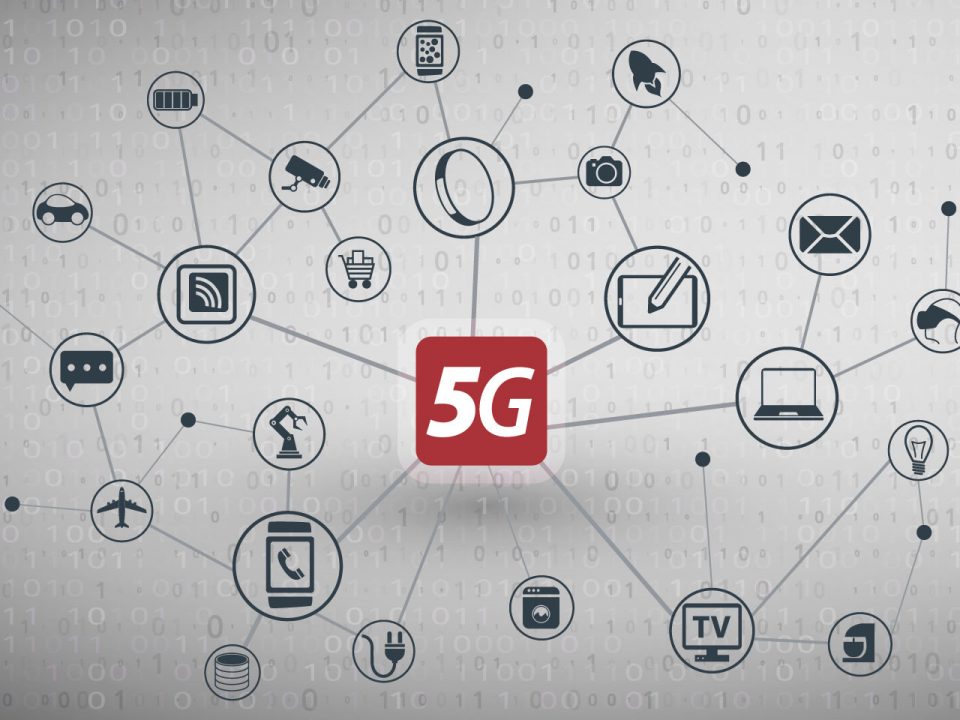Rise of the Machines


We assume that the most readers of these lines watched the movies The Matrix and The Terminator. For those who have not (or they forgot), the essence is as follows: machines have risen against people and now control the world, and the people survive and fight in different ways against them. The irony is that all began with humans – through development of artificial intelligence (AI), which roots date back all the way to the World War II period, when the British secret service, with the help of Alan Turing, British mathematician, managed to crack the German ENIGMA and shorten the war for at least two years and win. Turing is considered the father of artificial intelligence.
Trends
Today, the AI field is so developed that the debates on her further influence on humankind have been opened. Bill Gates and Mark Zuckerberg see endless potential and support every kind of AI development, while on the other side, Elon Musk and Stephen Hawking, advocate the thesis that without the control of AI development, catastrophic consequences for humankind may occur, as we see in sci-fi movies like above mentioned.
We will not go that far and look at the things in the apocalyptic way. Instead, we shall focus on something that is close to us in the future: can AI be the discoverer, designer, copyright maker, in one word – inventor?
Before that, we shall briefly explain what is AI: AI is the intelligence of the machines themselves (computers), created by people in controlled conditions (hence artificial, something contrary to natural intelligence of humans and animals). It is characterized as the ability to learn and solve problems, basically, mimicking cognitive functions of the human mind. However, its potential is far greater because it is created in the digital world, can gather billions of information with tremendous speed and, with that, to learn and solve problems much faster than the average person.
Can AI be an inventor?
Now to return to the question – can AI be an inventor? For now, it looks like it cannot because it has no personality, no human form, and embodiment in some machine is not enough to fulfill such condition.
The best illustration is the following case: European Patent Office (EPO) and United Kingdom Intellectual Property Office (UKIPO) rejected two patent applications in which the AI system, called DABUS, has been listed as the inventor. This system has been developed by Dr. Stephen Thaler, but since then he did not do anything regarding patent inventions because he did not have the knowledge to create them. One invention was the warning light, and the other referred to plastic food containers. However, EPO and UKIPO, admitting that patent exists by all legal standards, rejected the patent applications with explanation that regulations demand that the inventor is a named person, which in this case could not be Thaler because he wasn’t actively involved in the making of these inventions (because he did not have required knowledge) and so the application was denied.
Also, interesting is the Project called „The next Rеmbrаndt”, developed by „Microsoft” in cooperation with a group of museums. „The next Rеmbrаndt ” is actually a painting, that is a man portrait, painted in technique and style which were used by famous Dutch painter Rеmbrаndt, and the painting itself has been created by the computer, thanks to machine learning. Computer algorithms have, based on database analysis which was consisted of Rembrandts paintings, made the mentioned portrait which looks like it was made by Rembrandt himself. This Project also could not get legal protection in the intellectual property field precisely because it has not been created by a human.
Therefore, pursue to existing Patent law the inventor must be human, according to one of basic features of copyright, and that is anthropocentrism. Furthermore, the inventor must be either employee or subcontractor in a parent company. Both terms stated are legal categories, and AI does not fall under any. Additionally, the inventor should have legal capacity to give licenses, protect his rights, and AI cannot do that for the reasons of not having legal subjectivity.
Exceptionally from the principled approach, a smaller number of countries, such as the United Kingdom, Republic of Ireland, New Zealand and India, included into copyright though some works created by computers. And so the UK Copyright, Designs and Patents Act prescribes that the author in case of literary, dramatic, musical and artistic works made by the computers, is considered a person which took necessary measures for creation of those works. Example supporting the afore mentioned is the Project „Google Books“ which aspires to create a „world library“.
Changes in the field of global legal regulations are obviously necessary to follow up accelerated technological development. According to some predictions, the development of AI can totally make meaningless traditional copyright. Will there be a protection created for content made by artificial intelligence through establishment of some related right or other sui generis protection system remains to be seen.
Conclusion:
We shall mention an example of call centers in which, instead of humans, machines with human voice answer and they talk to call center users trying to help them solve certain problem. If the machine doesn’t know the answer on the task given, it will redirect the user to its human „colleague“ and the user will continue to communicate with the person that will give a proposal of the solution based on their knowledge and experience, while the „machine“ will listen to following answers and learn from them for some upcoming tasks.
What is certain is that AI will change the rules in the field of copyright radically. In some more simplified form compared to movies we mentioned at the beginning of this Blog, Machines are truly rising (!) to defend their (copyright) rights (!?).


